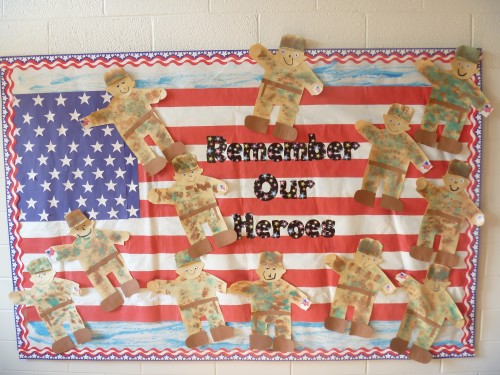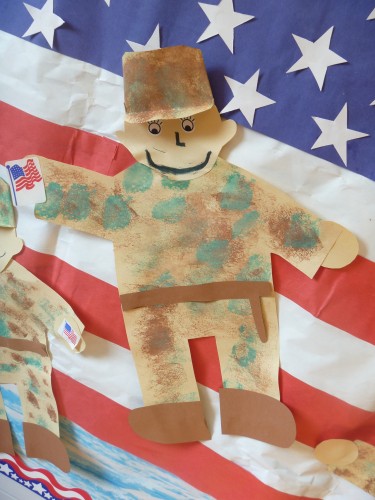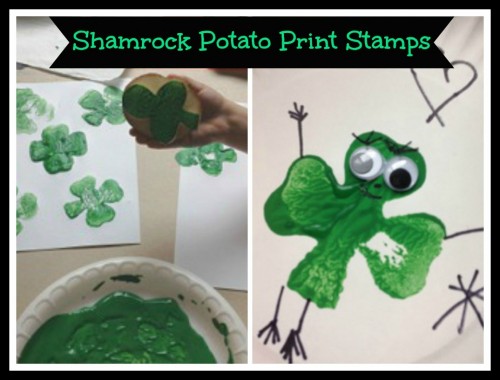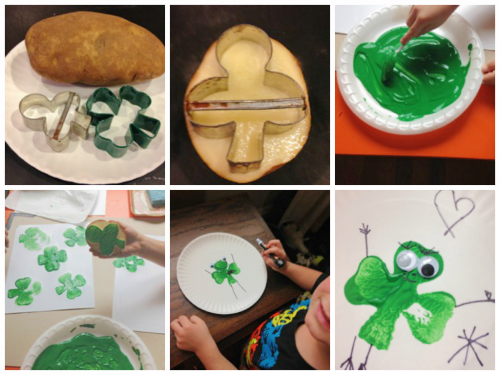See previous post for description of what sponge activities are and how they can be used to enhance learning in the classroom.
- Choose a category such as food, movies, or places, and challenge students to think of one for each letter of the alphabet.
- Select a category such as famous people. Have one student say the name. The next student must name another famous person whose first name begins with the last letter of that person’s name. (for example, George Bush, Harriet Tubman, Nancy Reagan).
- Ask students a number of questions such as: Is there anyone whose phone number digits add up to 30? Or Whose birthday is closest to the date when man first walked on the moon (or any other date you have been studying)? Or If you add the ages of everyone in your family, who has the highest number? Who has the lowest?
- Create a spelling chain. All students stand. Give them a spelling word. The first person says the first letter, the second gives the second letter, and so on. If a student gives the wrong letter, he or she must sit down.
- Play “guess the characteristic.” Ask several students who all have something in common to stand. The class, including the students, must guess what they all have in common, such as they all have shoes with no laces, they all walk to school, or they are all in band.
- Do a daily edit to start or fill small spaces of time. These become writing skill mini-lessons. Lift an incorrect sentence directly from students’ writing or create one including errors that students are commonly making. You may wish to focus on one skill at a time. Print the incorrect sentence(s) on the board or overhead. Have students edit the sentence and write it correctly in a section of their journals or a special notebook that can be used for reference. Follow up at some time during the day with a class discussion so the students can finalize their corrections and see that there may be more than one way to solve a writing problem.
- An especially effective daily edit that promotes more interesting writing is Expand a Sentence. Give students a very simple sentence (e.g., The child ran.). Include insert marks where you want students to add words and underline words that they may change to something more exciting. Model an expansion for students the first time you do this activity. The new sentence may become: The very excited young lady raced wildly down the street with her red braids flying straight out behind.
- Keep a supply of board and table games that require strategy and thinking. Use them for special fill-in times like rainy day recess. Good examples are Scrabble®, Monopoly®, Boggle®, and Chutes and Ladders®.
- Collect word searches, crossword puzzles, kids’ pages from Sunday comics, and Mad Libs. Laminate them for wipe-off and reuse.
- Save about-to-be discarded paper with at lease one blank side (computer printouts, old dittos, faded construction paper, etc.). Use for free-drawing time. Also encourage students to free-write; many of them also improve creativity and expertise in drawing with practice.
- Derive many words from one. Copy on the blackboard a multi-syllabic word taken from a theme or topic of the day. Ask students to write as many words from this as they can in a specified time. Only letters from the original word may be used. This activity can be done in small groups or individually.
- Set up a magnetic board center for sponge activities. Divide the board into “yes” and “no” columns. Prepare a magnetic name tag for each student by gluing tagboard squares with the student’s name onto a piece of magnetic strip (available at fabric or sign stores). On the board pose daily questions which involve either a yes or no answer. Have students place their magnetic name tags in the appropriate column. Discuss responses.
- Read a short story, poem, essay, news article, talk to the class. Have students write a short first impression of it. Compare student responses.
- Play “Three-in-a-Row.” Make game boards from 81/2″ x 11″ (22 cm x 28 cm) pieces of tagboard, cardboard, or index paper. Divide each game into nine equal squares. Provide X and O cards (five of each) for each game board. (Be sure the cards fit into the squares.) Two students use one game board; one using X cards and the other using O cards. Use this game for reinforcement or review. When a student responds correctly to a problem or activity, he/she places a card in the squares. If incorrect, the player loses a turn. The first player to achieve three in a row vertically, horizontally, or diagonally is the winner.
- Incorporate a “Brainteaser Time” into your day. Choose from a selection of brainteaser activities or have students make up some of their own. These can be presented to the class as part of your daily sponge activities.
Know a sponge activity that works great in the classroom? Help add to this list by sharing your sponge activities in our comment roll!




